No space? No problem! Keeping a smaller home looking spick and span while also maximizing its functionality doesn’t need to be a daunting task. Following a few key rules for utilizing the best available space makes it easy to get your home feeling cozy and comfortable. Whether you’re a cash-strapped student or a family of four hoping to transform the tiny extra room, these clever tricks for getting the most out of small space interiors will get you on your way. (H/T)
01. Go For Layers
In a large home, rooms serve different purposes according to your lifestyle – however, in a home that is spatially challenged, these areas must be shrunk in proportion to the interior. Instead, try to create ‘zones’ to fulfill your various needs. A loft bed or loft workspace is a perfect example of breaking the space inside one room into layers that better serve the whole while being psychologically separate from each other. Compartmentalize your living needs – do you need a desk area? Do you need hanging wardrobe space? Do you need a dressing table? These specific spaces can be layered to incorporate into the same home area.
02. Go For Fold-Aways
On a similar note, investing in furniture that transforms according to your needs and the time of day is a great way to maximize floor space and give the home an illusion of luxury. Futons and Murphy beds are the forerunners of this department, usually including a fair bit of storage in their folds. Tables that extend to accommodate guests and visitors are another typical example. The market for this kind of furniture has proliferated as inner-city rents have increased and international designs are widely available online. Think outside the square – try a fold-out shower, ironing board, or collapsible desk. A considerable benefit of transformative furniture is that, because it’s constantly in use being disassembled and reassembled, it doesn’t accumulate dust, and it’s unlikely you’ll ever have to tackle it in the Spring clean.
03. Go For Sneaky Storage
Vertical storage is the most economical use of space, usually overlooked in homes. Beyond your basic ceiling-to-floor shelving systems, try building in storage around windows and doors. These areas tend to be dismissed as dead space but can look fantastic with a proper cupboard installation. What’s more, they’re ideal for those items you want to keep but aren’t in regular use – that is, for those family albums and heirlooms you don’t particularly want to look at or think about but would feel massively guilty if you disposed of them. Similarly, the space around beds and bed frames can be used well. It seems almost counter-intuitive to admit this since it’s ingrained in most of us to keep our beds freestanding and accessible. However, positioning your bed in a nook and surrounding it with vertical storage, like BA-DW-5040 Flush Access Doors, doesn’t have to be childish.
04. Go For Hybrid Furniture
Hybrid furniture doesn’t have to be purpose-built that way – it simply means that you’re ensuring every bit of furniture inside your home serves at least two purposes. Small spaces must be multifunctional to ensure you’re getting the same worth out of your home as you would in a larger one – so why not use furniture with multiple functions? Sofa beds are the obvious choice; couches appear for daytime relaxation but are fine for a good night’s sleep. Chairs that become tables, dining areas that can be used as desks, sneaky storage hidden surreptitiously in other pieces of furniture – the list goes on. Think about whether your furniture is worth the space it occupies. Some essential domestic items, such as coffee tables, are surprisingly unnecessary and won’t be missed. Stairs that double as storage drawers are a popular option.
05. Go For Illusions
If nothing else, there are decorating tricks you can employ to give your living space the appearance of being more significant than it is. Use lighter shades in paint and furniture to create a more neutral, calming atmosphere, making it seem like there’s less going on. Keep your home clear of clutter, and consider installing a full-length mirror.
Storage should be used, not noticed – think under the bed, beside the kitchen cabinets, or on the sides of desks and tables. Maximize the natural light that enters the home. Try one or two statement cushions instead for simplicity in linen and furnishings. A few larger pieces of furniture will look neater than many small ones. If possible, open up your home by removing interior doors or a wall section. Perhaps most importantly, keep your lighting simple, practical, and up-to-date. Nothing says cluttered and claustrophobic as quickly as a room that always seems dimly lit.
Like what you’re reading? Subscribe to our top stories.







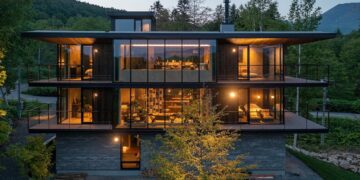








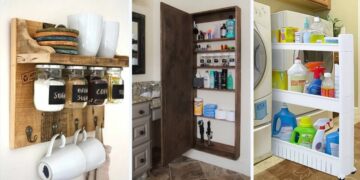












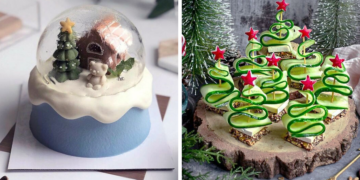

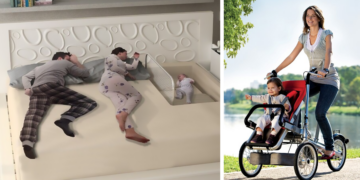




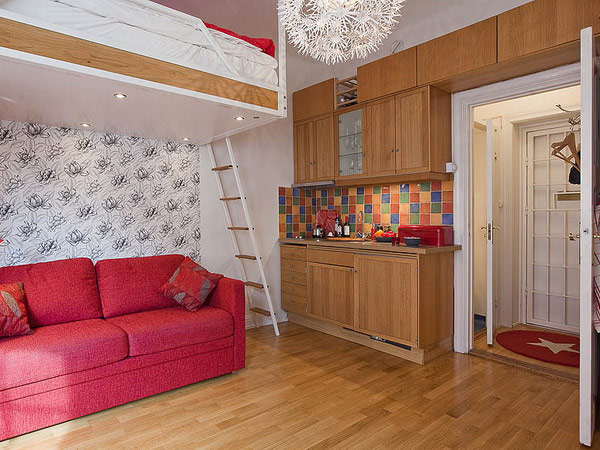
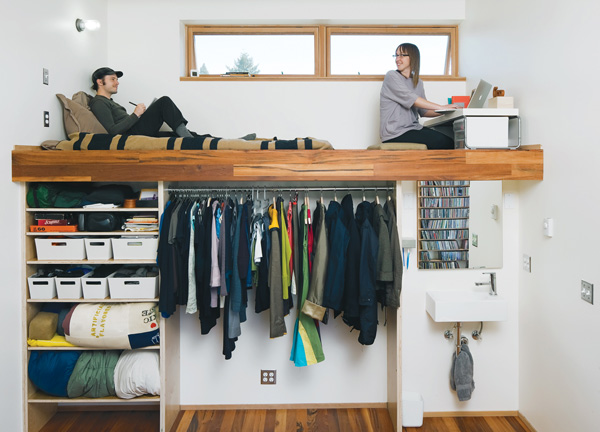













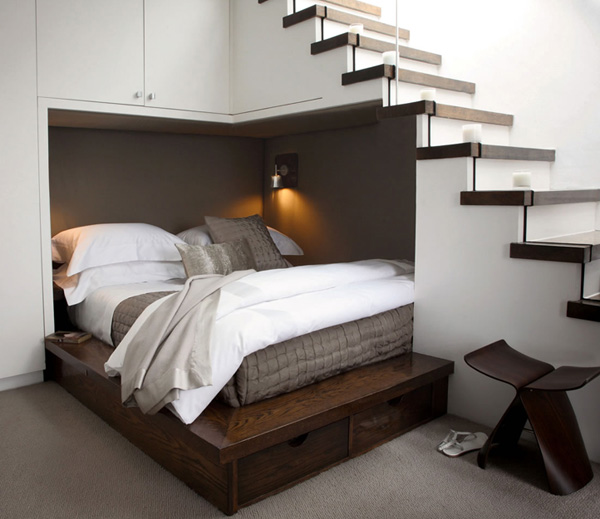









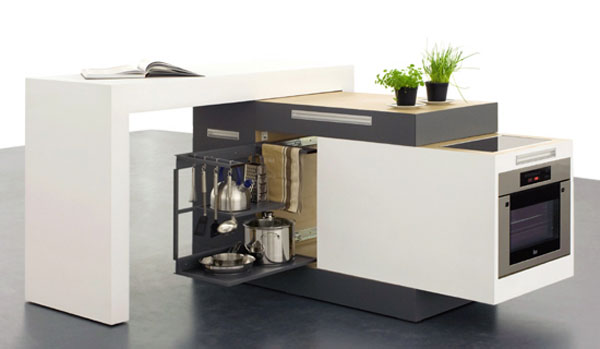
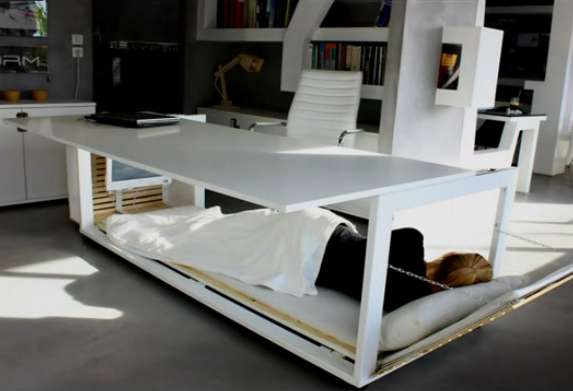
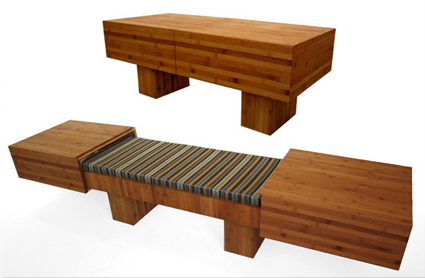



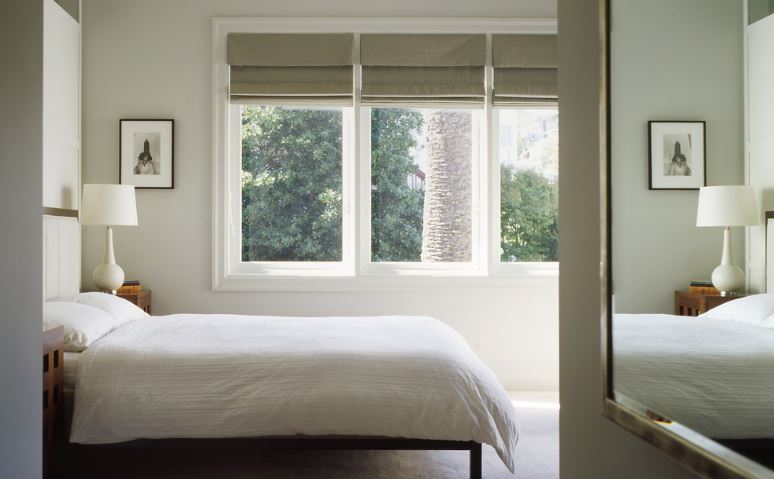

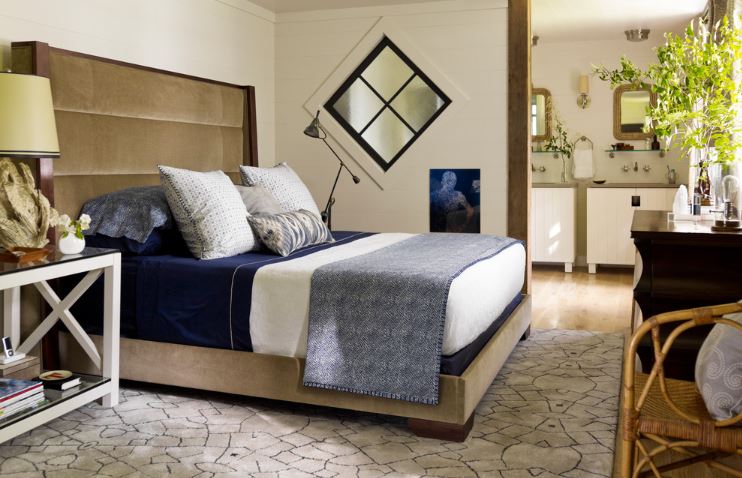









Discussion about this post